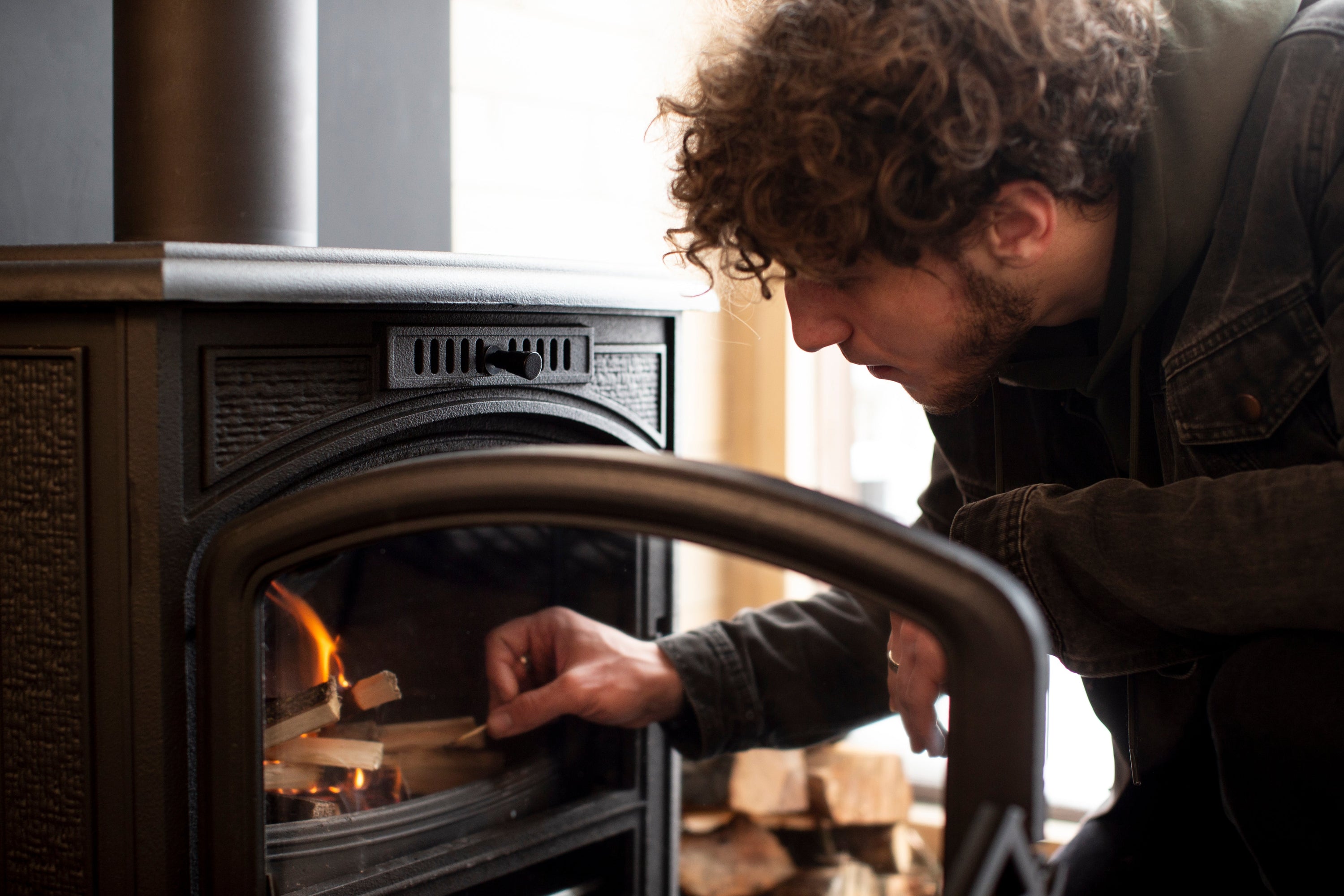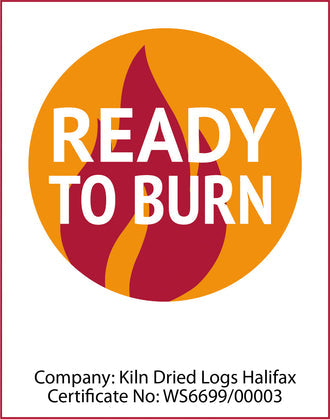
Best Wood for Log Burner: The Complete Guide to Choosing Premium Firewood
Selecting the best wood for log burner applications can dramatically impact your heating efficiency, maintenance costs, and overall satisfaction with your wood-burning system. Whether you're a seasoned log burner enthusiast or new to wood heating, understanding which wood types deliver optimal performance will help you maximize heat output while minimizing smoke production and creosote buildup.
The choice between hardwood and softwood varieties depends on your specific needs, local availability, and burning preferences. This comprehensive guide explores the top-performing wood species, moisture content requirements, and practical considerations to help you make informed decisions for your log burner setup.
Understanding Wood Classification for Log Burners
Wood species fall into two primary categories that affect their burning characteristics and suitability for log burners. Hardwoods come from deciduous trees that shed their leaves annually, while softwoods originate from coniferous evergreen trees. Each category offers distinct advantages depending on your heating requirements and usage patterns.
Hardwoods typically feature denser cellular structures, resulting in longer burn times and higher heat output per log. These woods burn more slowly and steadily, making them ideal for sustained heating during cold periods. Common hardwood species include oak, ash, beech, birch, and maple, each offering unique burning properties that contribute to efficient log burner operation.
Softwoods burn faster and ignite more easily due to their lower density and higher resin content. While they produce less heat per log compared to hardwoods, softwoods excel as kindling material and for quick heat generation. Popular softwood choices include pine, spruce, fir, and cedar, though their resin content requires careful consideration for log burner applications.
Premium Hardwood Options for Maximum Performance
Oak stands as the gold standard among hardwoods for log burner use, delivering exceptional heat output and extended burn times. This dense hardwood burns cleanly when properly seasoned, producing minimal smoke and leaving behind fine ash residue. Oak's slow-burning characteristics make it perfect for overnight heating, maintaining consistent temperatures for extended periods.
Ash represents another premium hardwood choice, known for its excellent burning properties and relatively fast seasoning time. Unlike many hardwoods that require extensive drying periods, ash can be burned within twelve months of cutting when properly processed. The wood splits easily, ignites readily, and produces steady heat with minimal smoke production.

Beech offers outstanding heating performance with its dense structure and high energy content. This hardwood burns hot and clean, making it ideal for efficient log burner operation. Beech seasoning requires patience, typically taking eighteen to twenty-four months to reach optimal moisture levels, but the superior heating results justify the wait.
Birch provides excellent versatility, burning hot and producing attractive flames that many log burner owners appreciate. The wood ignites easily and burns relatively quickly compared to oak, making it suitable for both kindling and sustained heating applications. Birch bark serves as natural fire starter material, adding practical value to this premium hardwood choice.
Softwood Applications and Considerations
Softwood species serve specific purposes in log burner applications, particularly as kindling material and for quick heat generation. Larch and spruce, commonly available softwood varieties, ignite easily and burn rapidly, making them excellent choices for starting fires and providing immediate warmth during cold starts.
These softwoods work effectively when used strategically within your burning routine. Starting fires with softwood kindling allows quick ignition and heat buildup before transitioning to hardwood logs for sustained heating. The rapid burn rate of softwoods makes them less suitable for overnight heating but perfect for quick warming sessions or fire starting assistance.
Resin content in softwoods requires careful consideration for log burner applications. While natural resins aid ignition and flame production, excessive resin can contribute to creosote buildup in chimney systems. Regular chimney maintenance becomes particularly important when burning softwoods, ensuring safe operation and optimal performance of your log burner system.
Proper softwood preparation involves adequate seasoning to reduce moisture content and resin concentration. Well-seasoned softwoods burn cleaner and produce less problematic deposits compared to green or inadequately dried wood. Combining softwood kindling with hardwood logs creates an effective burning strategy that maximizes both ignition ease and heating efficiency.
Quality assessment involves examining wood appearance, testing moisture content, and evaluating supplier credentials. Premium firewood displays clean splitting, minimal bark loss, and consistent sizing. Avoid wood showing signs of rot, insect damage, or unusual discoloration, as these issues indicate quality problems that affect burning performance.
Hardwood vs Softwood: Performance Comparison
|
Characteristic |
Hardwood |
Softwood |
|
Heat Output |
High (longer burn time) |
Moderate (quick heat) |
|
Ignition Speed |
Slower to ignite |
Fast ignition |
|
Burn Duration |
2-4 hours per log |
30-60 minutes per log |
|
Smoke Production |
Minimal when seasoned |
Moderate, depends on resin |
|
Creosote Risk |
Low with proper moisture |
Higher due to resin content |
|
Cost |
Higher per unit |
Lower per unit |
|
Best Use |
Sustained heating, overnight |
Kindling, quick warmth |
This comparison demonstrates why many log burner owners adopt mixed-wood strategies, using softwoods for fire starting and hardwoods for sustained heating. The complementary characteristics of each wood type create opportunities for optimized burning routines that maximize efficiency while minimizing costs and maintenance requirements.
Maximizing Log Burner Efficiency
Optimal loading techniques significantly impact burning efficiency and heat output from your selected wood. Building fires with proper air gaps between logs allows adequate oxygen flow for complete combustion while preventing smothering that leads to poor performance. Arranging logs to create stable structures that maintain airflow throughout the burning process maximizes heat production.
Air control management works in conjunction with wood selection to achieve optimal burning conditions. Understanding how different wood species respond to various air settings allows fine-tuning of combustion for maximum efficiency. Dense hardwoods typically require more initial air for ignition but can be controlled to slower burn rates once established.
Timing wood additions maintains consistent heat output while avoiding temperature fluctuations that reduce comfort and efficiency. Adding new logs before existing fuel burns completely prevents temperature drops and maintains optimal combustion conditions. Understanding burn rates for different wood species helps predict timing for fuel additions.
Ash management affects both performance and safety of log burner systems. Regular ash removal prevents accumulation that restricts airflow and reduces efficiency. However, maintaining a thin ash bed can improve combustion by providing insulation and reflecting heat upward toward new fuel loads.
Conclusion
Selecting the best wood for log burner applications requires balancing multiple factors including wood species, moisture content, storage capabilities, and burning objectives. Premium hardwoods like oak, ash, and beech deliver superior heat output and burn duration, making them ideal for sustained heating applications. Softwoods serve important roles as kindling material and for quick heat generation, complementing hardwood performance in comprehensive burning strategies.
Success with log burner heating depends on sourcing quality wood with appropriate moisture content, implementing proper storage practices, and understanding how different species perform in various applications. Whether choosing kiln-dried premium logs or planning natural seasoning timelines, attention to wood quality and preparation directly impacts heating efficiency and system longevity.
The investment in premium firewood pays dividends through improved heating performance, reduced maintenance requirements, and enhanced safety. By following the guidelines outlined in this comprehensive guide, you can optimize your log burner experience while enjoying the comfort and satisfaction of efficient wood heating throughout the seasons.
Share
